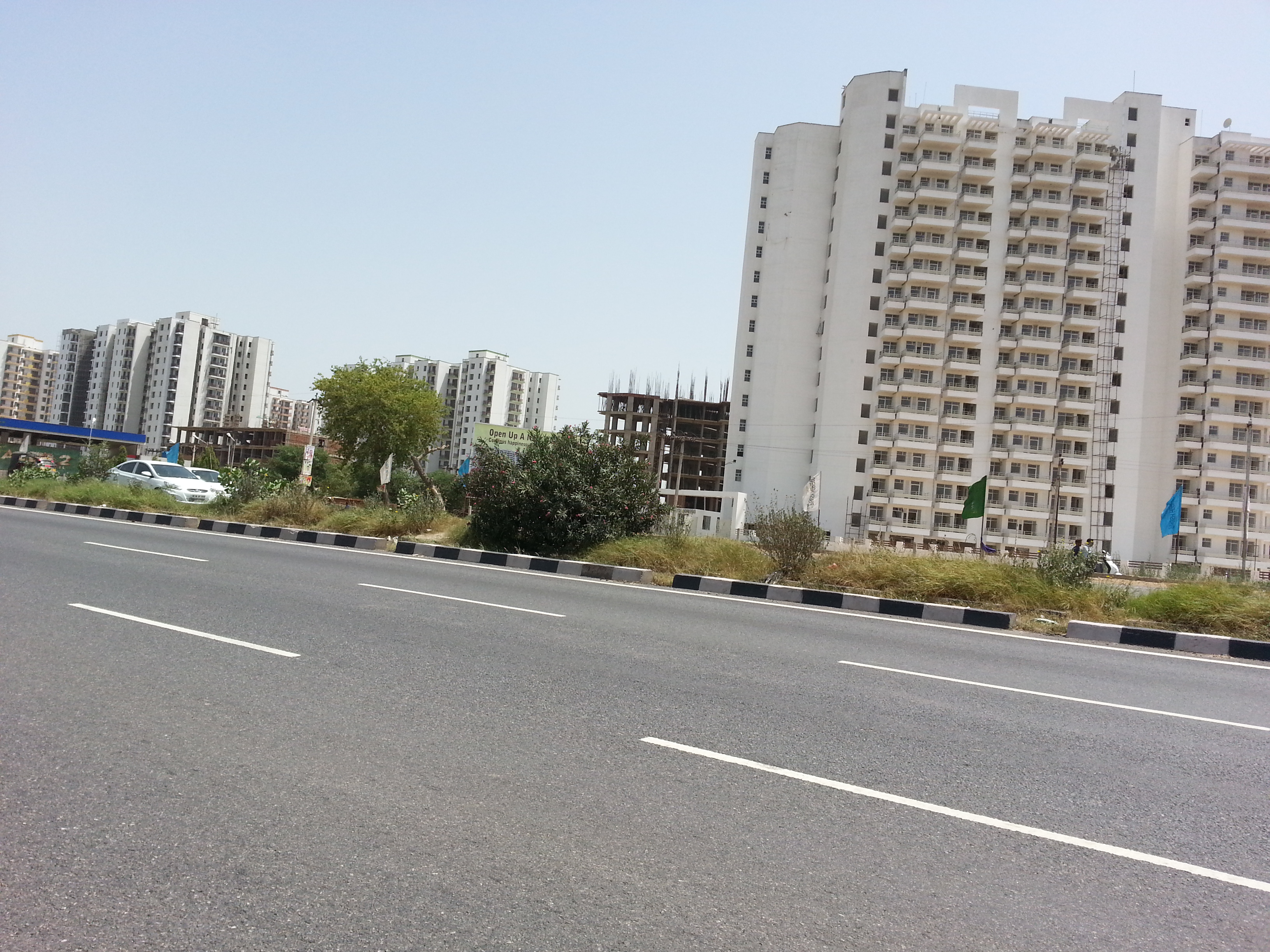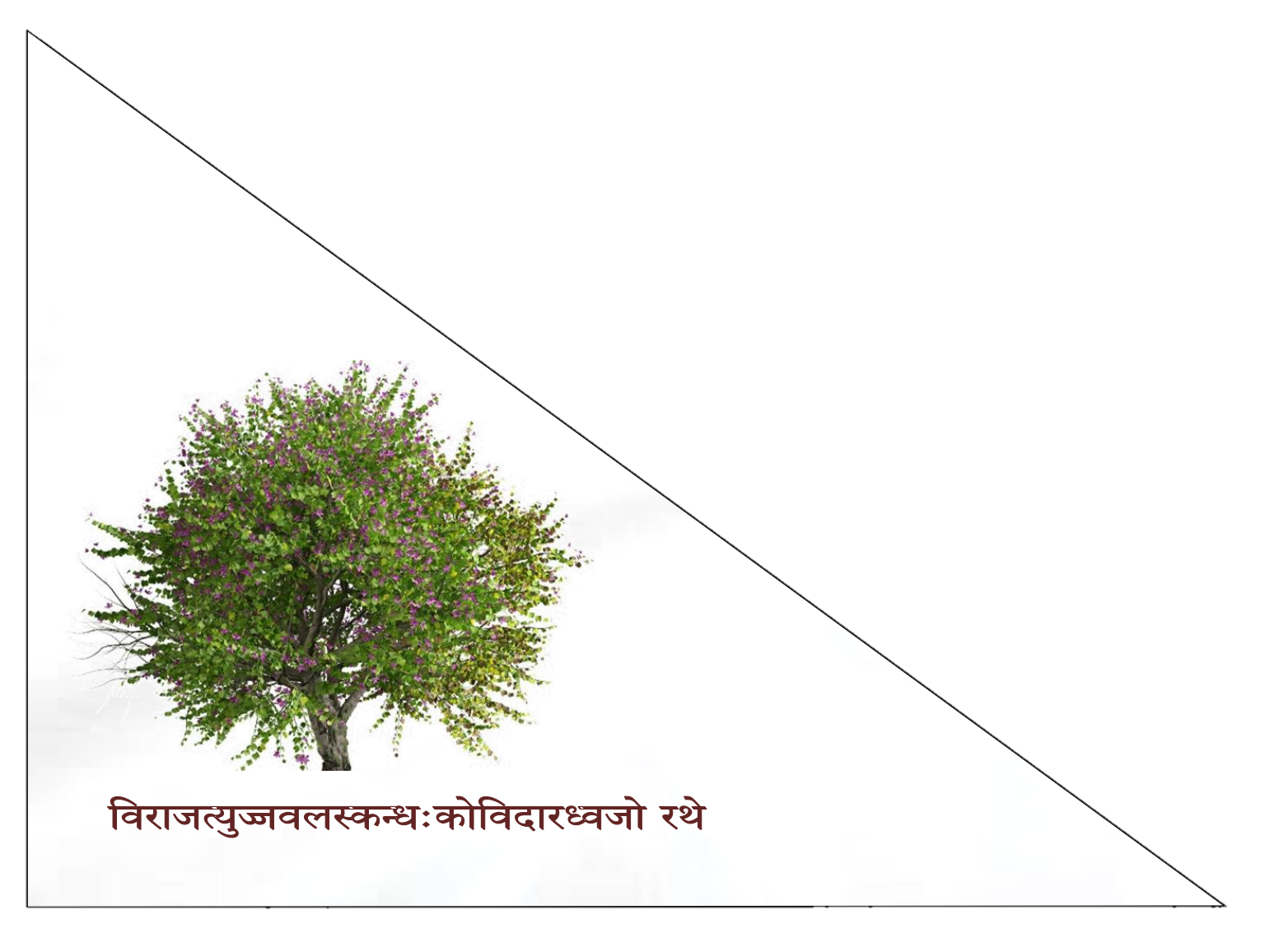|
Naruka
The Naruka (Devnagari: नरुका or नरूका) is a clan of Rajputs found in India. Naruka is one of the most prominent Sub-Clan of Kachhwaha dynasty. They independently ruled over Alwar State. History Naruka Rajputs are offshoots of Maharao Naru Singh of Mojad (now called Mozamabad), a Rajput warrior from 15th century Dhundhad region. He was great-grandson of Raja Udaykaran of Amer who reigned 1366-1388 AD. At the time of Indian Independence, Rajasthan included 19 princely states (including Alwar), 3 chiefships (Lawa, Neemrana and Kushalgarh) and 1 centrally-adminstered territory of Ajmer-Merwara. Among these total 23 territories, 3 were ruled by Kachhwaha dynasty - Jaipur Jaipur (; , ) is the List of state and union territory capitals in India, capital and the List of cities and towns in Rajasthan, largest city of the north-western States and union territories of India, Indian state of Rajasthan. , the city had ..., Alwar and Lawa. Naru Singh had five s ... [...More Info...] [...Related Items...] OR: [Wikipedia] [Google] [Baidu] |
Alwar State
Alwar (Rajasthani Pronunciation: �lʋəɾ is a city located in India's National Capital Region (NCR) and the administrative headquarters of Alwar District in the state of Rajasthan. It is located 150 km south of Delhi and 150 km north of Jaipur. Etymology There are several theories about the derivation of the name Alwar. Alexander Cunningham, the British Indian archeologist, believed that the city derived its name from the Salva tribe and was originally Salwapur, then Salwar, Halawar and eventually Alwar, According to another school it was known as Aravalpur or the city of Aravali. Some others opine that the city is named after Khanzada Alawal Khan Mewati (the Muslim Khanzada prince who wrested Alwar from Nikumbh Rajputs). A research conducted during the reign of Maharaja Jai Singh of Alwar revealed that Maharaja Alaghraj, second son of Maharaja Kakil of Amber. ruled the area in the eleventh century and his territory extended up to the present city of Alwar. ... [...More Info...] [...Related Items...] OR: [Wikipedia] [Google] [Baidu] |
Lawa Thikana
Lawa Thikana was a '' Thikana'' estate or ''Thakurat'' under the Jaipur Residency of the former Rajputana Agency. It was ruled by Dasawat Naruka Rajputs. It was located very close to Tonk town and included its capital, Lawa, a small town and its surroundings. Lawa is located in the northwestern part of present-day Tonk district of Rajasthan, India. Lawa estate near Tonk should not be confused with Sardargarh, a Thikana of Udaipur State (Mewar) which had been known as 'Lawa' before 1738. In August 1947, at the time of Independence, Rajasthan included 19 princely state & 3 thikanas (Chiefships) of Neemrana, Lawa & Kushalgarh. History Lawa was formerly part of Jaipur State. In 1772 Lawa became a jagir which came under the control of the Marathas through Pindari leader Amir Khan, who would later become the Nawab of Tonk. Lawa became a tributary of Tonk in 1817, when that state was established. In 1867, following the murder of Thakur Rewut Singh (the uncle of the ruler of Law ... [...More Info...] [...Related Items...] OR: [Wikipedia] [Google] [Baidu] |
Kachhwaha
The Kachhwaha is a Rajput clan found primarily in India. They claim descent from the Suryavanshi (Solar) dynasty. Etymology According to Cynthia Talbot, the meaning of word ''Kachhwaha'' is tortoise. Origin There are numerous theories on the origin of the Kachhwahas. Prominent of those theories are of claiming scion from the Suryavansh and the Kurma Avatar of Lord Vishnu. Suryavansh origin Suryavansh Dynasty or Ikshwaku Dynasty or Raghuvansh Dynasty : Kachwaha claim descent from mythological character Kush, a son of the avatar of mythological Vishnu, Rama, as expressed by them citing historical documents during the Supreme court of India proceedings on Ram Mandir at Ayodhya. Ish Devji a Kachhwaha Raja of outstanding merit, with his capital at Gwalior, is recorded to have died in 967 A.D. Brahmin genealogists place him as being the three hundred & third generation after Ikshwaku. The Kachhwahas of Amber are descendants of Ish Devji. According to Rima Hooja, the Kachhwaha ... [...More Info...] [...Related Items...] OR: [Wikipedia] [Google] [Baidu] |
Jaipur State
The Kingdom of Amber, later the Kingdom of Jaipur or the Jaipur State, was located in the north-eastern historic Dhundhar region of Rajputana and was ruled by the Kachwaha Rajput dynasty. The kingdom was established by Dulha Rai, possibly the last ruler of the Kachchhapaghata dynasty who migrated to Dausa and founded his kingdom with the support of Chahamanas of Shakambhari with coalition of Gaur dynasty of sheopur in the 12th century. Under Raja Bharmal, the kingdom heavily aligned with the Mughals and he even married his daughter to Akbar. His son and grandson Raja Bhagwant Das and Raja Man Singh I were leading generals in Akbar's army and helped him in expanding the empire. Mirza Raja Jai Singh I served under Shah Jahan and became a distinguished general. He fell out of Aurangzeb's favor when he was suspected of helping Shivaji escape from Mughal captivity in 1664. Sawai Jai Singh II became the ruler during the decline of the Mughal Empire. He successfully rebel ... [...More Info...] [...Related Items...] OR: [Wikipedia] [Google] [Baidu] |
Rajput
Rājpūt (, from Sanskrit ''rājaputra'' meaning "son of a king"), also called Thākur (), is a large multi-component cluster of castes, kin bodies, and local groups, sharing social status and ideology of genealogical descent originating from the northern part of the Indian subcontinent. The term ''Rajput'' covers various patrilineal clans historically associated with warriorhood: several clans claim Rajput status, although not all claims are universally accepted. According to modern scholars, almost all Rajput clans originated from peasant or pastoral communities. Over time, the Rajputs emerged as a social class comprising people from a variety of ethnic and geographical backgrounds. From the 12th to 16th centuries, the membership of this class became largely hereditary, although new claims to Rajput status continued to be made in later centuries. Several Rajput-ruled kingdoms played a significant role in many regions of central and northern India from the seventh century ... [...More Info...] [...Related Items...] OR: [Wikipedia] [Google] [Baidu] |
Dhundhar
Dhundhar, also known as ''Jaipur region'', is a historical region of Rajasthan state in western India. It includes the districts of Jaipur, Neem ka Thana, Dantaramgarh part of Sikar District lying to the east of the Aravalli Range, Dausa, Sawai Madhopur, Tonk, the southern part of Kotputli and the northern part of Karauli District. The region lies in east-central Rajasthan, and is bounded by the Aravalli Range on the northwest, Ajmer to the west, Mewar region to the southwest, Hadoti region to the south, and Alwar, Bharatpur, and Karauli districts to the east. Geography In 1900, at the time of the Jaipur Kingdom, region had a total area of 15,579 square miles (40,349 km²). The southern and central portions of the region lie in the basin of the Banas River and its ephemeral tributaries, including the Dhund River, which gives its name to the region. The northern portion of the region is drained by the ephemeral Banhanga River, which originates in the Jaipur ... [...More Info...] [...Related Items...] OR: [Wikipedia] [Google] [Baidu] |
Rajputana States - Census Of India 1891
Rājputana (), meaning Land of the Rajputs, was a region in the Indian subcontinent that included mainly the entire present-day Indian state of Rajasthan, parts of the neighboring states of Madhya Pradesh and Gujarat, and adjoining areas of Sindh in modern-day southern Pakistan. The main settlements to the west of the Aravalli Hills came to be known as ''Rajputana'', early in the Medieval Period. The name was later adopted by East India Company as the Rajputana Agency for its dependencies in the region of the present-day Indian state of Rājasthān. The Rajputana Agency included 26 Rajput and 2 Jat princely states and two chiefships. This official term remained until its replacement by "Rajasthan" in the constitution of 1949. Name George Thomas (''Military Memories'') was the first in 1800, to term this region the ''Rajputana Agency''. The historian John Keay in his book, ''India: A History'', stated that the ''Rajputana'' name was coined by the British, but that the word ach ... [...More Info...] [...Related Items...] OR: [Wikipedia] [Google] [Baidu] |
Rajasthan
Rajasthan (; Literal translation, lit. 'Land of Kings') is a States and union territories of India, state in northwestern India. It covers or 10.4 per cent of India's total geographical area. It is the List of states and union territories of India by area, largest Indian state by area and the List of states and union territories of India by population, seventh largest by population. It is on India's northwestern side, where it comprises most of the wide and inhospitable Thar Desert (also known as the Great Indian Desert) and shares a border with the Pakistani provinces of Punjab, Pakistan, Punjab to the northwest and Sindh to the west, along the Sutlej-Indus River valley. It is bordered by five other Indian states: Punjab, India, Punjab to the north; Haryana and Uttar Pradesh to the northeast; Madhya Pradesh to the southeast; and Gujarat to the southwest. Its geographical location is 23°3' to 30°12' North latitude and 69°30' to 78°17' East longitude, with the Tropic of Can ... [...More Info...] [...Related Items...] OR: [Wikipedia] [Google] [Baidu] |
Ajmer-Merwara
Ajmer-Merwara (also known as Ajmir Province, and Ajmer-Merwara-Kekri) was a former province of British India in the historical Ajmer region. The territory was ceded to the British by Daulat Rao Sindhia by a treaty on 25 June 1818. It was under the Bengal Presidency until 1861 when it became part of the North-Western Provinces. Finally on 1 April 1871, it became a separate province as Ajmer-Merwara-Kekri. It became a part of independent India on 15 August 1947 when the British left India. The province consisted of the districts of Ajmer and Merwara, which were physically separated from the rest of British India forming an enclave amidst the many princely states of Rajputana. Unlike these states, which were ruled by local nobles who acknowledged British suzerainty, Ajmer-Merwara was administered directly by the British. In 1842, the two districts were under a single commissioner, then they were separated in 1856 and were administered by the East India Company. Finally, afte ... [...More Info...] [...Related Items...] OR: [Wikipedia] [Google] [Baidu] |
Ethnicity
An ethnicity or ethnic group is a group of people with shared attributes, which they Collective consciousness, collectively believe to have, and long-term endogamy. Ethnicities share attributes like language, culture, common sets of ancestry, traditions, society, religion, history or social treatment. Ethnicities may also have a narrow or broad spectrum of genetic ancestry, with some groups having mixed genetic ancestry. ''Ethnicity'' is sometimes used interchangeably with nation, ''nation'', particularly in cases of ethnic nationalism. It is also used interchangeably with ''Race (human categorization), race'' although not all ethnicities identify as racial groups. By way of cultural assimilation, assimilation, acculturation, Cultural amalgamation, amalgamation, language shift, Heterogamy#Social science, intermarriage, adoption and religious conversion, individuals or groups may over time shift from one ethnic group to another. Ethnic groups may be divided into subgroups or tr ... [...More Info...] [...Related Items...] OR: [Wikipedia] [Google] [Baidu] |







